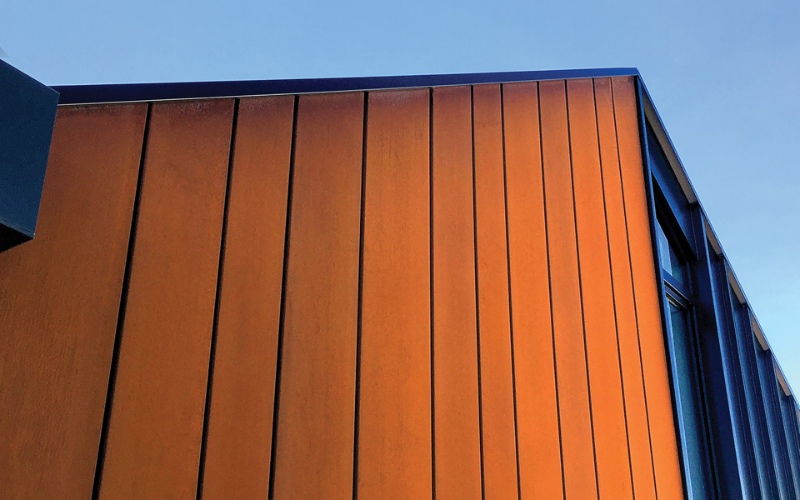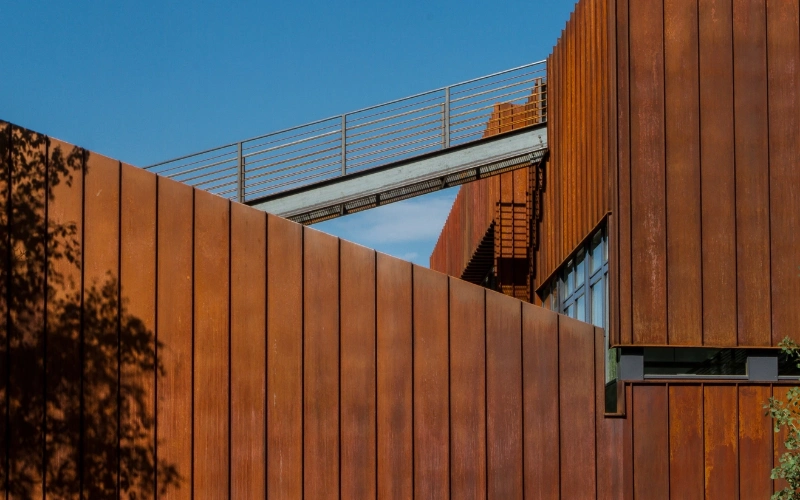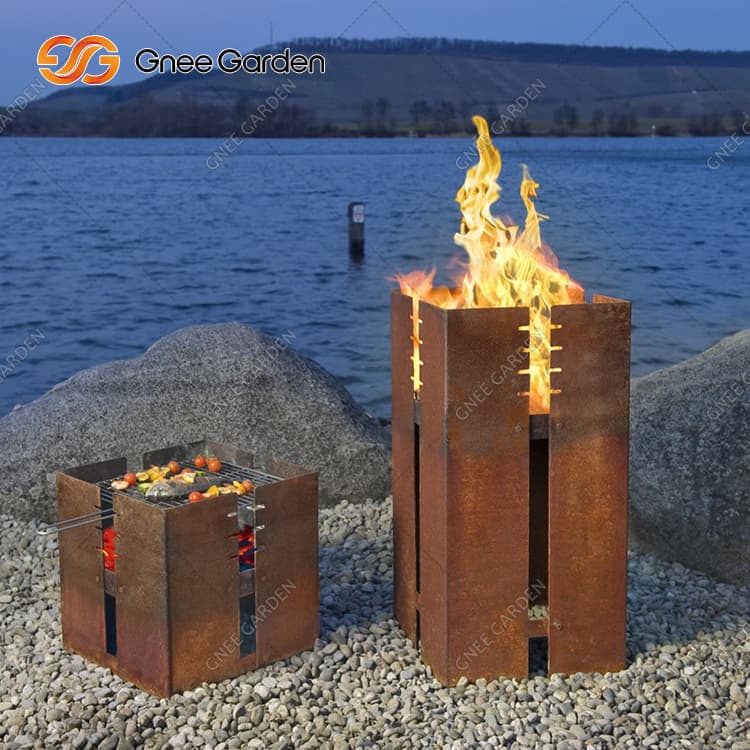Choosing the Right Location for Your Corten Steel Retaining Wall
When it comes to the installation of a Corten steel retaining wall, the selection of a suitable location is of utmost importance for its long-term stability and functionality. There are several factors to be taken into consideration before determining the site:
Assessing the Site Conditions and Landscape
Prior to embarking on the installation of a Corten steel retaining wall, it is imperative to thoroughly assess the prevailing site conditions and the landscape. Factors such as the stability of the soil, drainage patterns, and the slope of the land should be meticulously evaluated to ascertain that the wall can withstand the forces exerted by the earth it is intended to retain. A comprehensive analysis of the site will aid in determining whether any additional measures, such as soil reinforcement or the implementation of drainage systems, are indispensable to ensure the effectiveness of the wall.
Determining the Purpose and Functionality of the Retaining Wall
Another pivotal aspect in the selection of an appropriate location for a Corten steel retaining wall lies in determining its purpose and functionality. Are you seeking to fashion terraced gardens, combat soil erosion, or provide structural support? A clear understanding of the intended use of the wall will facilitate the identification of the ideal location. For instance, if the wall is intended to support a steep slope, it ought to be strategically positioned to evenly distribute the weight and thereby provide maximum stability. Similarly, if the goal is to create a visually captivating landscape, the wall should be situated in a manner that enhances the overall aesthetics of the space.

Preparing the site for construction
Before embarking upon any construction endeavor, it is imperative to duly prepare the site. This necessitates the removal of any impediments that may impede the progress of the construction process, such as trees, rocks, or preexisting structures that must be dismantled. Once the area has been cleared of these hindrances, the subsequent step entails excavating the earth to establish a level foundation. This excavation entails delving into the soil to eliminate any superfluous soil or rocks, thus ensuring a sturdy base for the construction. A level foundation is of utmost importance, as it precludes any potential structural complications that may arise in the future. By meticulously preparing the site, one lays the groundwork for a triumphant construction project.
Constructing a Corten Steel Retaining Wall: A Guide to Installation
Constructing a Corten steel retaining wall is a task that demands precision and attention to detail. The initial step in this endeavor involves the installation of the Corten steel panels, a process that necessitates careful measurement and cutting to ensure a perfect fit. Accurate dimensions are of utmost importance, and it is imperative to employ appropriate tools for the cutting of these panels.
Once the panels have been meticulously cut, they can be firmly affixed to the foundation through a variety of methods, such as welding or fastening. Welding, a widely employed technique, serves as a means to join the panels together or attach them to the foundation. This particular method requires skilled labor and the utilization of specialized welding equipment. Alternatively, fastening entails the use of screws, bolts, or other fasteners to secure the panels in their designated places.
The choice between welding and fastening hinges upon the specific requirements of the project and the expertise available. Each method possesses its own merits, and careful consideration must be given to the unique circumstances at hand. Regardless of the chosen method, adherence to proper installation guidelines is of utmost importance. Ensuring that the panels are securely attached is crucial, as it guarantees not only long-lasting durability but also an aesthetically pleasing outcome.

Frequently Asked Questions
1. How do you choose the right location for a Corten steel retaining wall?
When selecting a location for a Corten steel retaining wall, it is important to consider factors such as site conditions, landscape, and the intended purpose and functionality of the wall. Assessing soil stability, drainage patterns, and slope of the land can help determine if additional measures are needed for the wall’s effectiveness.
2. What is involved in preparing the site for construction?
Before starting construction, it is necessary to clear the site of any obstacles, such as trees or rocks, and excavate the earth to establish a level foundation. A level foundation is crucial for preventing future structural complications.
3. How do you construct a Corten steel retaining wall?
Constructing a Corten steel retaining wall involves careful measurement and cutting of the steel panels, followed by securely affixing them to the foundation through welding or fastening methods. The choice between welding and fastening depends on the project requirements and available expertise.
4. What is the importance of drainage and backfilling in a retaining wall?
Proper drainage is essential to prevent water accumulation behind the wall, which can cause damage. A drainage system, usually consisting of perforated pipes and gravel, helps guide water away from the wall. Backfill material, such as gravel or crushed stone, is used to fill the space behind the wall and provide stability and resistance to settling.
5. How do you finish and maintain a Corten steel retaining wall?
Applying a protective coating or sealant specifically designed for Corten steel is important to preserve the wall and protect it from moisture and environmental factors. Regular inspection and maintenance are necessary to identify and address any signs of corrosion, cracks, or structural issues to maintain the durability and stability of the wall over time.






